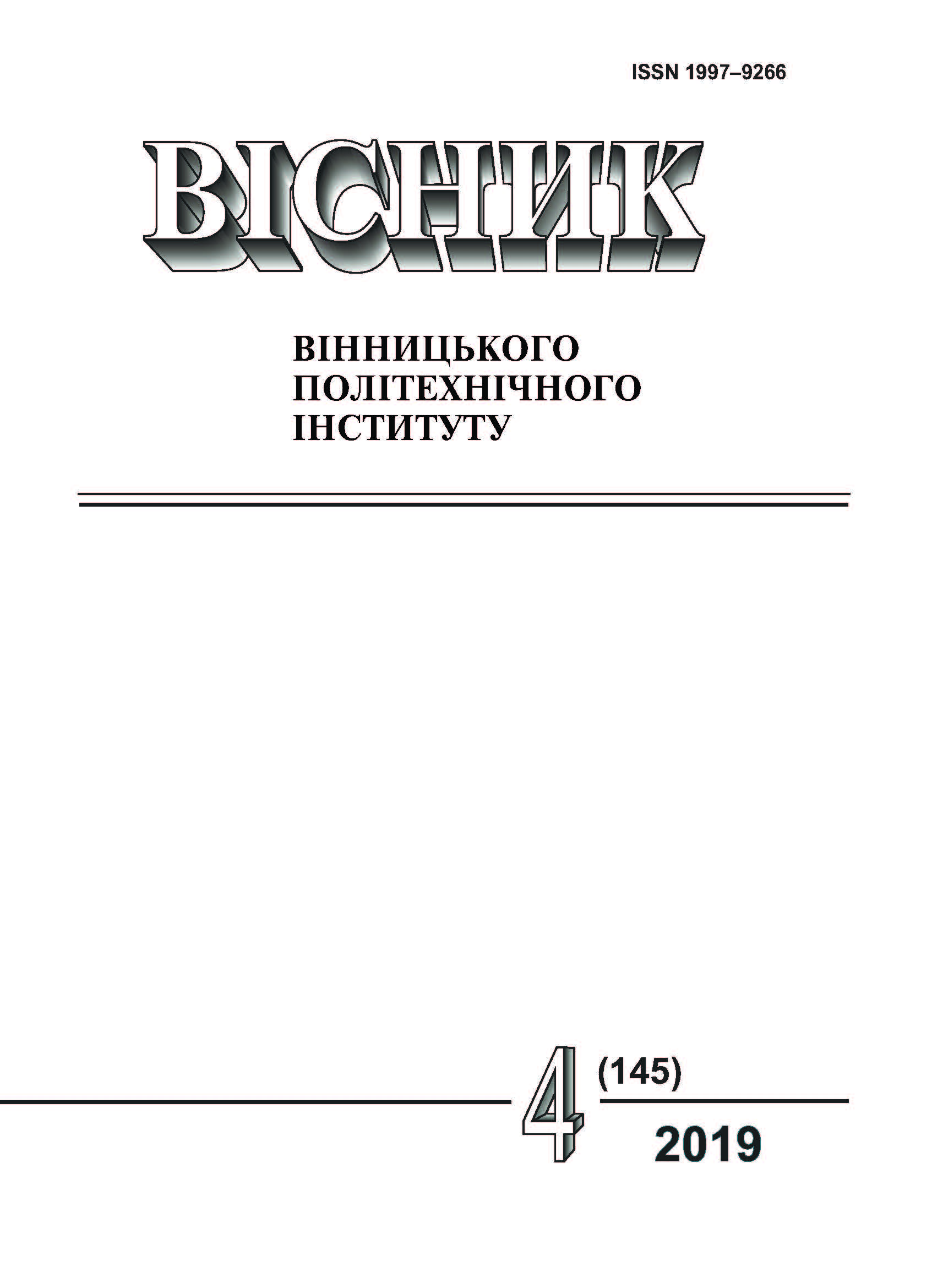Self-oscillation Sensors Based on RLC-negatrons
DOI:
https://doi.org/10.31649/1997-9266-2019-145-4-33-40Keywords:
self-oscillation sensor, sensitivity, measuring transducer, oscillatory circuit, negatron, negative inductance, negative resistance, negative capacitanceAbstract
Various sensors are more and more frequently used in all areas of modern human activity. They become the main elements that determine the technical and economic characteristics of information and control systems. Therefore, the researching sensors and improving their technical parameters is an actuality task. In many cases, it is possible to improve the technical parameters of the sensors, using the achievements of the modern direction of electronics, such as negatronics. Thus, using of RLC-negatrons allows increasing the sensitivity and noise immunity of sensors while simplifying their circuit design.
The mathematical models of self-oscillation sensors on RLC-negatrons are developed. The basic parameters of RLC sensors, in particular resonant frequency, absolute and relative sensitivity, are determined, and the necessary conditions for excitation of self-oscillations are determined. The obtained analytical expressions have shown that the value of absolute sensitivity depends on the value of the resonance frequency; however, the relative sensitivity is frequency independent and dimensionless. There have been determined the coefficients that show that the inclusion of negative capacitance and inductance leads to increased sensitivity of auto-generator sensors. The proposed circuits of auto-generator sensors allow increasing the relative sensitivity of the sensors and improve the accuracy of the measurement.
In order to verify the adequacy of the obtained theoretical positions, a schematic design of the proposed circuits of frequency auto-generator sensors was carried out. The obtained results showed that those circuits allow increasing the relative sensitivity of sensors up to 10 times.
The circuits of auto-generator temperature sensors on static and dynamic negatrons are proposed. The advantages of the circuits are circuitry simplicity, high reliability, small dimensions and weight, low power consumption. The conducted computer simulation showed sensitivity increase in the temperature range from –40 °С to 50 °С.
References
Г. Виглеб, Датчики. Москва: Мир, 1989, 196 с.
Э. И. Арш, Автогенераторные методы и средства измерений. Москва: Машиностроение, 1979, 256 с.
М. А. Філинюк, Л. Б. Ліщинська, Активні УВЧ і НВЧ фільтри. Вінниця, Україна: ВНТУ, 2010, 396 с.
М. А. Філинюк, Основи негатроніки, том I. Вінниця, Україна: УНІВЕРСУМ-Вінниця, 2006.
М. А. Філинюк, Основи негатроніки, том II. Вінниця, Україна: УНІВЕРСУМ-Вінниця, 2006.
А. М. Пашаев, Ф. Д. Касимов, О. Н. Негоденко, и Н. А. Филинюк, Физико-технологические и схемотехнические основы негатроники, Баку, Азербайджан: Элм, 2008, 433 с.
Н. А. Филинюк, Е. В. Войцеховская, и Л. Б. Лищинская, Информационные устройства на комбинированных динамических негатронах. Saarbrucken, Deutschland: LAP Lambert Academic Publishing, 2013.
М. А. Філинюк, О. О. Лазарєв, та О. В. Войцеховська, LC-негатрони та їх застосування. Вінниця, Україна: УНІВЕРСУМ-Вінниця, 2012, 308 с.
T. Srimani, et. al., “Negative capacitance carbon nanotube FETs,” IEEE Electron Device Letters, vol. 39, no. 2, pp. 304-307, 2018.
S. C. Chang, et al, “Physical origin of transient negative capacitance in a ferroelectric capacitor,” Physical Review Applied, vol. 9, no. 1, pр. 14-18, 2018.
A. N. Beal, J. N. Blakely, N. Corron “Extended-Bandwidth Negative Impedance Converters by Nested Networks,” IEEE Transactions on Circuits and Systems II: Express Briefs, vol. 65, no. 9, pp. 1134-1138, 2018.
Downloads
-
PDF (Українська)
Downloads: 156
Published
How to Cite
Issue
Section
License
Authors who publish with this journal agree to the following terms:
- Authors retain copyright and grant the journal right of first publication.
- Authors are able to enter into separate, additional contractual arrangements for the non-exclusive distribution of the journal's published version of the work (e.g., post it to an institutional repository or publish it in a book), with an acknowledgment of its initial publication in this journal.
- Authors are permitted and encouraged to post their work online (e.g., in institutional repositories or on their website) prior to and during the submission process, as it can lead to productive exchanges, as well as earlier and greater citation of published work (See The Effect of Open Access).





